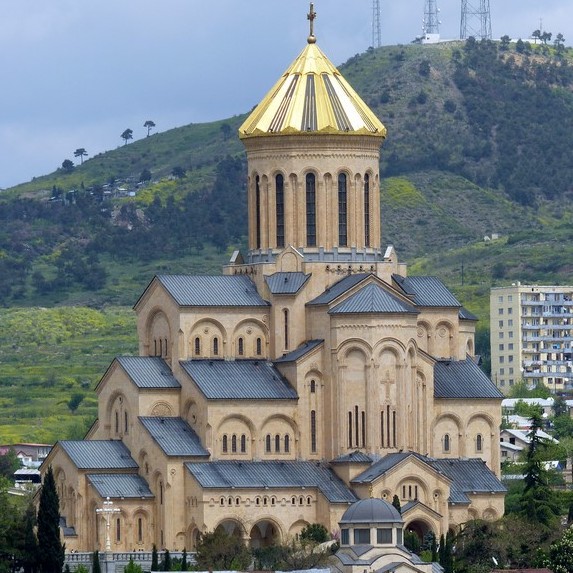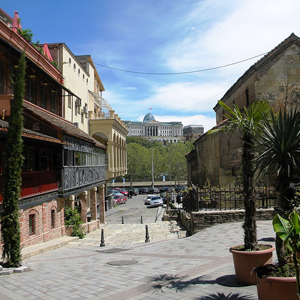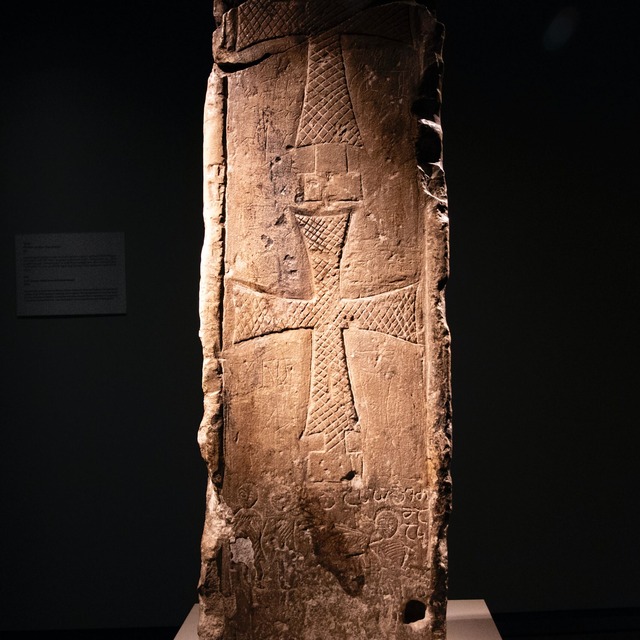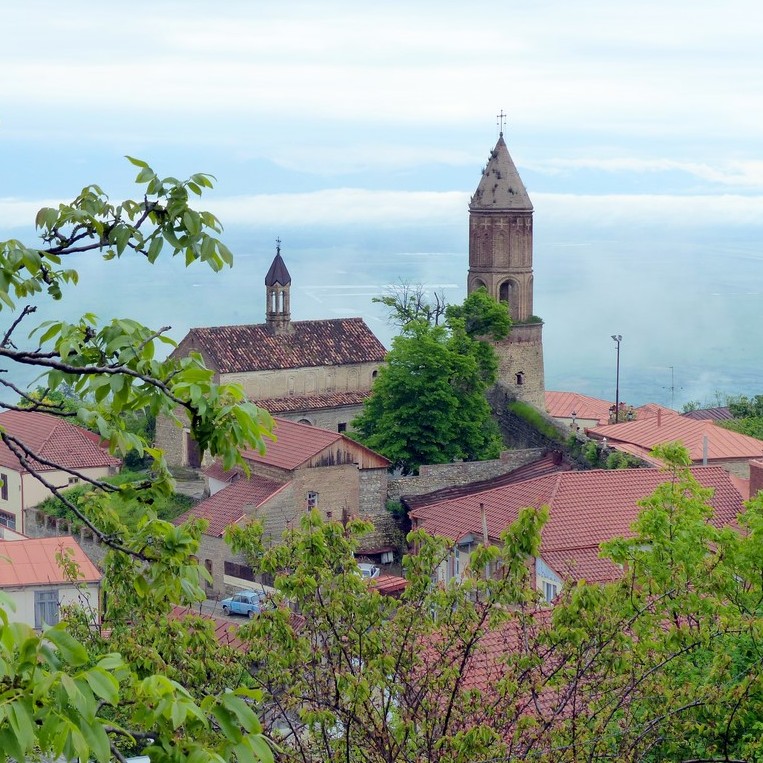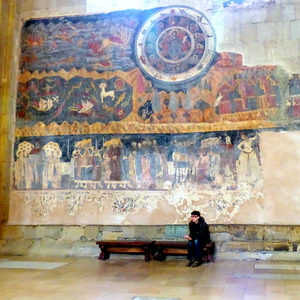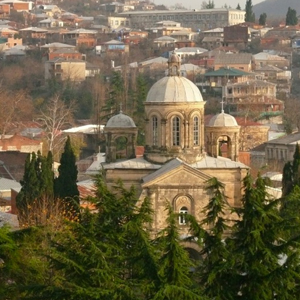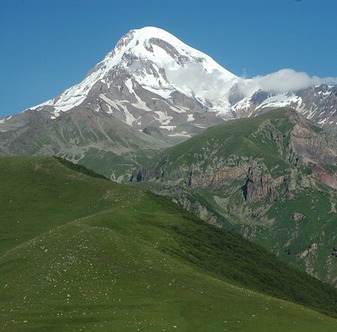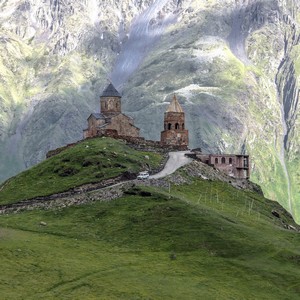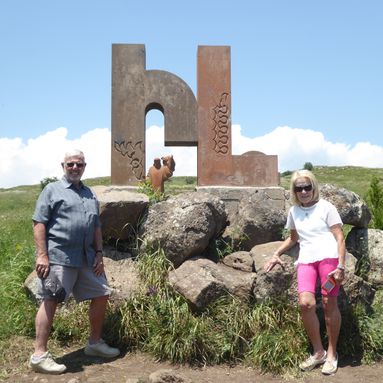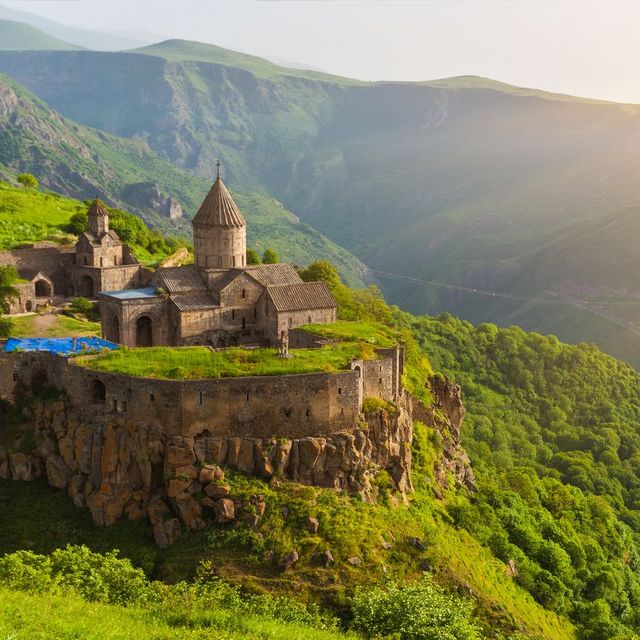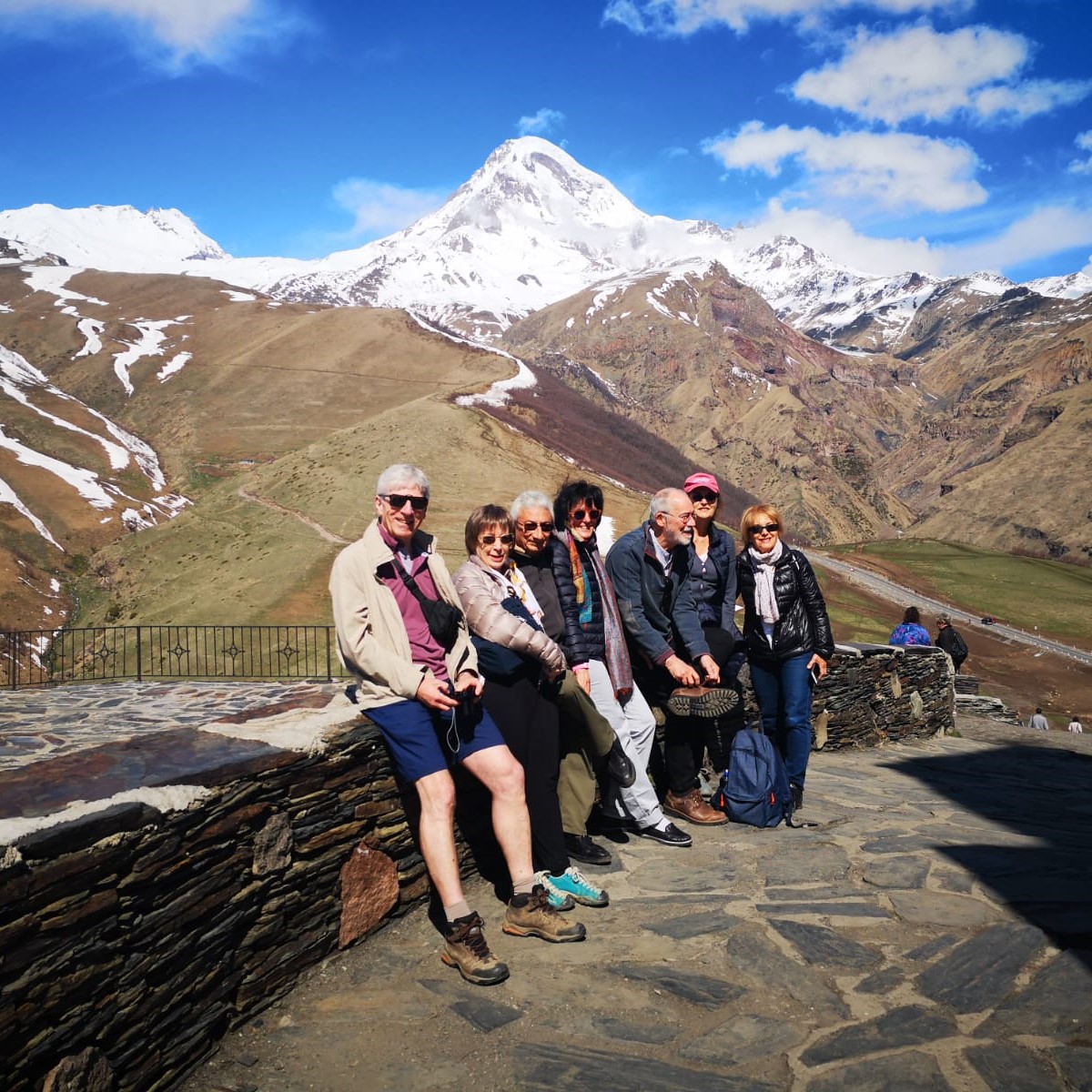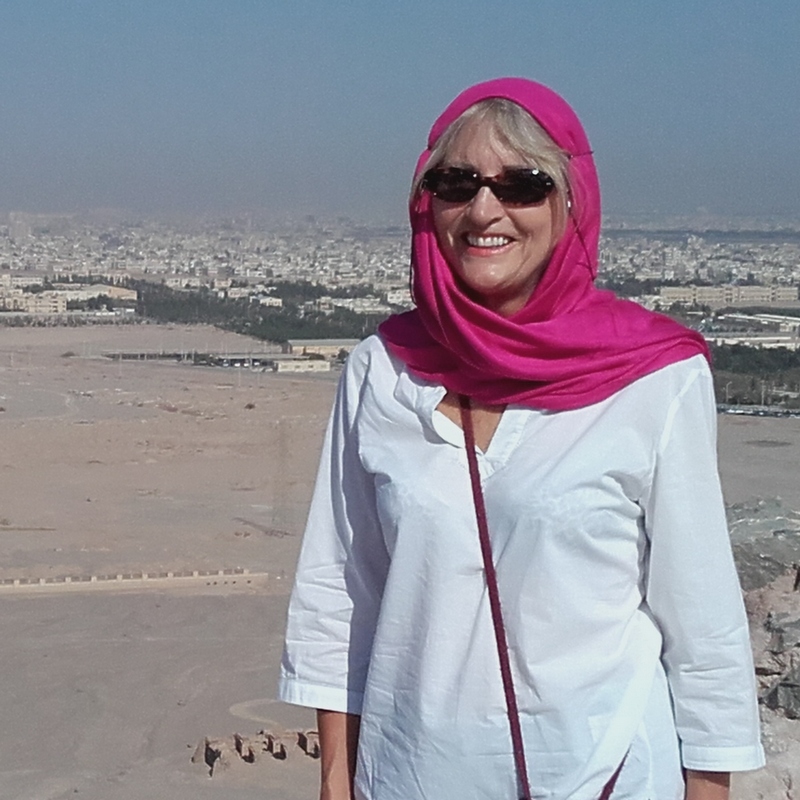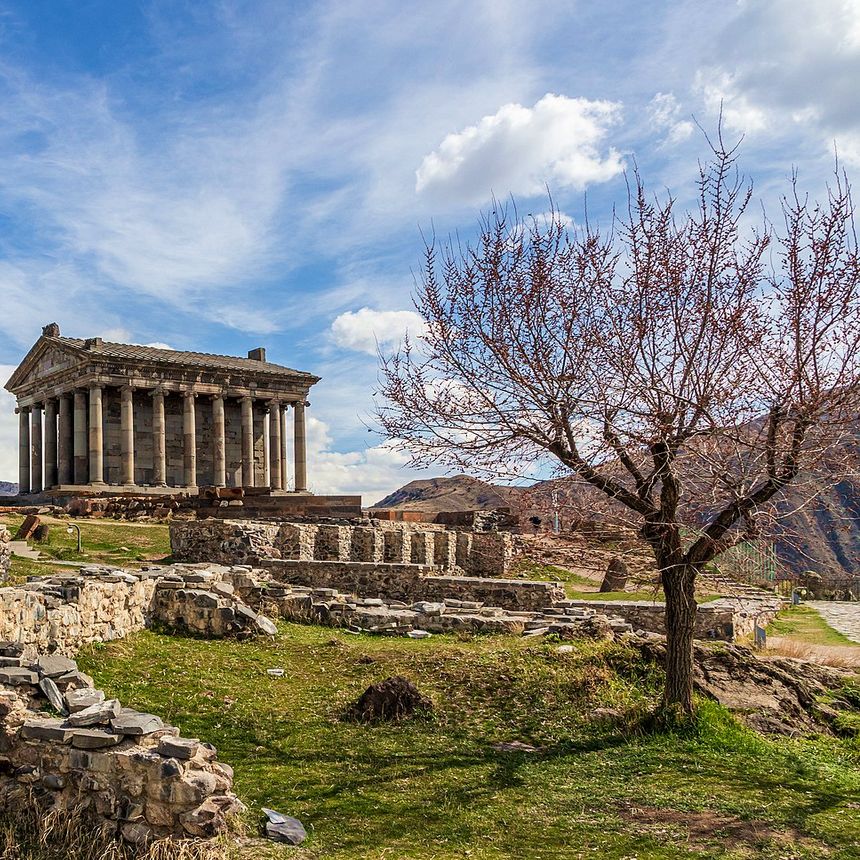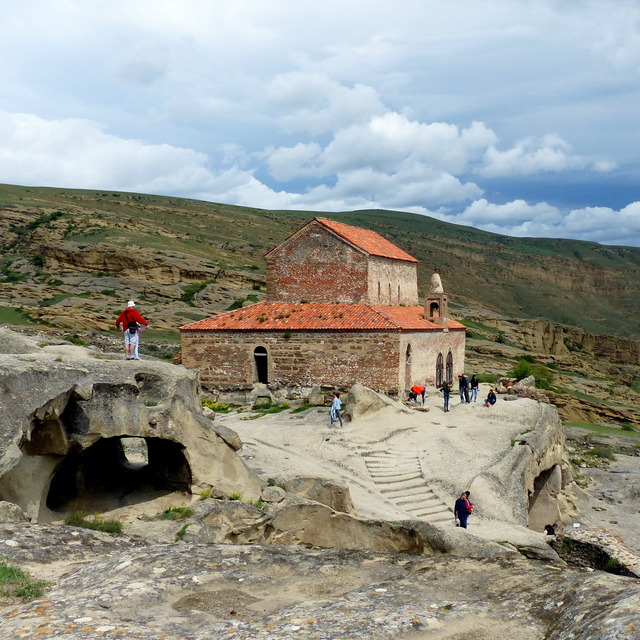Explore West Georgia (Imereti and Samegrelo provinces) today. Morning tour to Kutaisi agricultural market and UNESCO World Heritage Site of Gelati
Monastery. Travel to Martvili to enjoy the canyon (closed on Mondays) named after the local royal family, Dadiani. Weather permitting take a boat tour along the canyon. Transfer to Kutaisi.
Overnight in Solomon, Kutaisi
Meal plan: Breakfast
The Gelati Monastery, founded by beloved Georgian ruler David IV (also referred to as ‘’David the Builder’’), consists of the main Church of the Virgin, the Church of St. George, the Church of St. Nicholas and a bell tower. The Academy building recalls the monastery’s history as a cultural centre of ancient Georgia, attracting great scientific and philosophical minds. Murals and mosaics, some of which date back to the 12th century, cover the spacious interior of the buildings, arching over windows, pressing backwards into alcoves and reaching the highest stretches of the vaulted ceiling. Despite damage from invasion and feuds, visitors can still admire detailed enamel and metal work from a bygone era.
Once a secret retreat of Georgian nobles, Martvili Canyon is a dazzling natural wonder where turquoise waters wind through steep limestone cliffs and lush subtropical greenery. Visitors can drift along the serene river by boat, marvel at waterfalls tumbling into crystal-clear pools, and stroll scenic walkways that reveal the canyon’s dramatic beauty. Located in the Samegrelo region, Martvili Canyon blends tranquillity and adventure, offering an unforgettable escape into Georgia’s lush, unspoiled landscapes.
